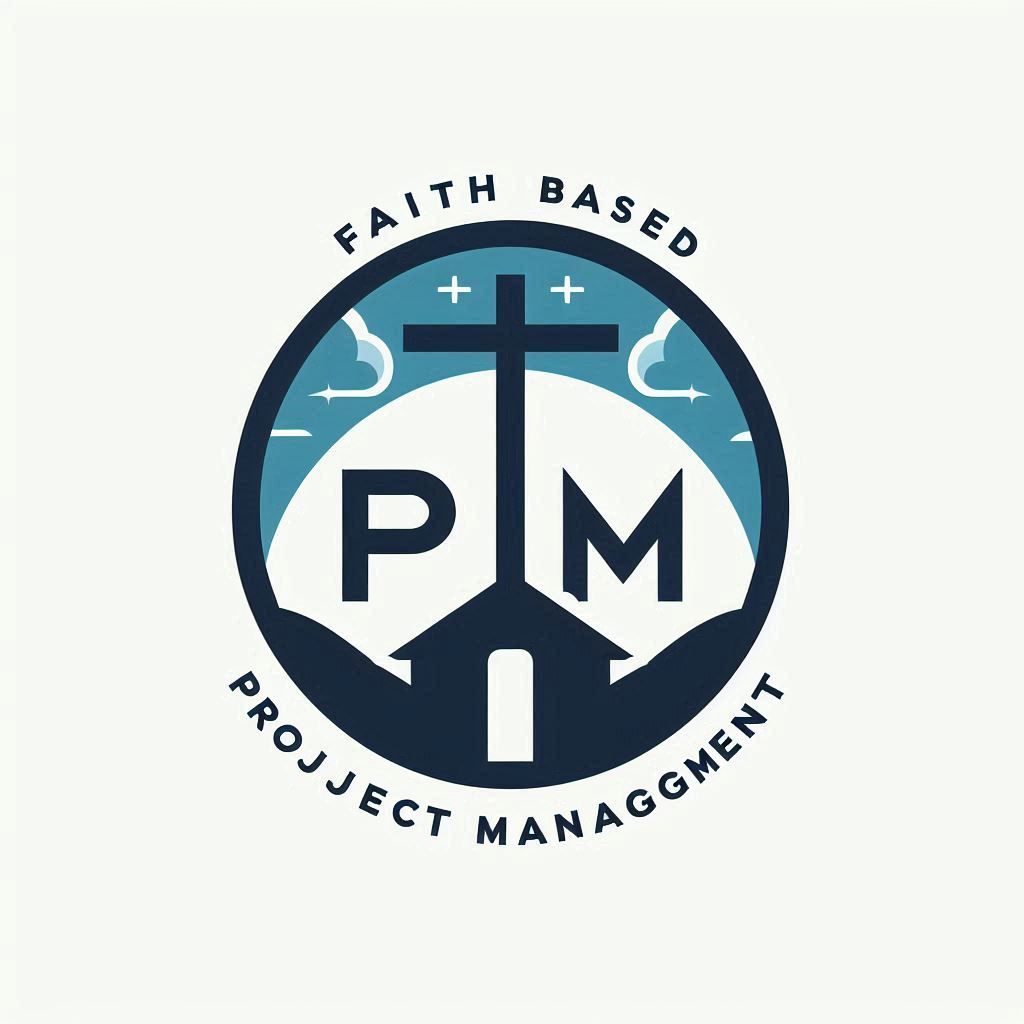Faith-based organizations often find themselves at the intersection of devotion and professionalism, creating a unique landscape for managing development projects. The first challenge is blending faith-based principles with professional project management standards. This requires a delicate balance where the mission-driven objectives align with strategic planning and execution.
Working with diverse stakeholders presents another significant challenge. Here, understanding and addressing the varying needs and expectations of community members, government bodies, and other NGOs require careful negotiation and communication skills. It’s essential to foster inclusive dialogue and ensure that all voices are heard, respecting both religious and cultural sensibilities.
Securing funding and resources sustainably is a constant hurdle. Faith-based organizations often rely on donations, which can be sporadic. Establishing consistent funding streams through grants or partnerships can offer some stability. Developing a clear impact statement can attract donors who align with the organization’s mission, ensuring ongoing support.
Ethical dilemmas frequently arise, challenging an organization’s commitment to accountability and transparency. Implementing mechanisms like third-party audits and maintaining an open line of communication with stakeholders can help uphold these essential values. It’s about building trust through consistent, honest practices and showing real results.
Harnessing Opportunities: Strengths of Faith-Based Organizations
Faith-based organizations possess intrinsic strengths that position them as powerful agents in development work. One significant advantage is their deeply entrenched community networks, built on trust and shared values. These relationships foster a strong support system, allowing for swift mobilization and collaboration when launching new projects.
A dedicated volunteer base stands as another asset. Volunteers drawn from congregations or communities are often highly motivated by their faith, bringing passion and commitment to the cause. This not only reduces operational costs but also enhances the reach and effectiveness of project initiatives.
The holistic focus of faith-based organizations enables them to address the spiritual, social, and economic needs of communities. This comprehensive approach ensures that projects are not only about infrastructure or economic aid but also about nurturing community spirit and well-being.
Mobilizing resources within faith-based networks can inspire significant action. By tapping into these networks, organizations can galvanize community members to contribute their time, skills, and money, multiplying the impact of any initiative. This ability to inspire through faith-driven messages is a unique lever to drive change and make a lasting difference.
Strategic Approaches for Faith-Based Project Success
For faith-based organizations to successfully manage development projects, strategic planning is key. Aligning religious goals with professional objectives requires a flexible approach, one that incorporates both spiritual insights and industry best practices.
Building an inclusive dialogue with stakeholders is essential. This helps ensure that efforts resonate with those involved, creating a sense of ownership and collaboration. By actively listening to diverse perspectives and finding common ground, organizations can foster a more integrated community effort.
Sustainability in funding can be achieved by adopting innovative models. Crafting proposals that highlight both the community and faith aspect, while showcasing proven impacts, can secure more consistent financial backing. Establishing partnerships with like-minded organizations can also diversify funding sources and enhance project credibility.
A focus on community-centric solutions helps integrate faith and development seamlessly, maximizing benefits. Tailoring projects to meet the community’s multidimensional needs, from education to healthcare to spiritual well-being, ensures a more significant positive impact. This approach not only addresses immediate concerns but also builds a robust foundation for future growth, stability, and hope.
